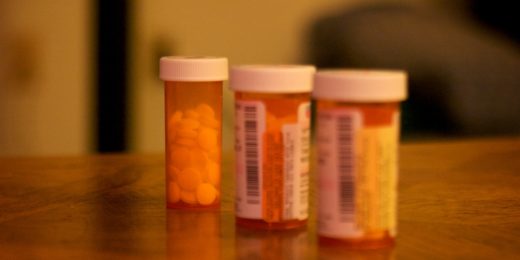Stanford pediatrician Alan Schroeder, MD, who specializes in critical care and hospital medicine, has an unusual idea for how to keep young patients safer. Instead of trying to improve the success of certain medical interventions, he is studying whether those interventions are even needed in the first place.
Schroeder focuses his research on areas where patients may benefit from less-intense care. He sums up the focus of his work as “safely doing less,” which is also his Twitter handle. He’s the senior author of a recent review article in JAMA Pediatrics that identifies several areas of pediatric medicine where scientific evidence suggests less intervention is just as effective, and also safer for patients.
“Inherently we all want to do,” Schroeder said. “It’s something that is ingrained in our medical culture: to act rather than not to act.”
To prepare the review article, Schroeder and his collaborators scrutinized the scientific literature for recently published, high-quality scientific studies of medical overuse or medical harm in pediatrics. They were especially interested in situations where the possible magnitude of harm was high, the number of patients affected was high, or both.
One example they discuss: Mounting evidence says kids with uncomplicated appendicitis can be treated with antibiotics and watchful waiting, rather being rushed into surgery. Children still needed to be hospitalized while ill with appendicitis, but most kids (around 90 percent, depending on the study) recover with antibiotic treatment, avoiding the risks of anesthesia and surgery.
“This has been a big pendulum shift away from the notion that an inflamed appendix is a ticking time bomb and you have to get it out right away,” Schroeder told me.
Another area where less-intense care could benefit many children is the approach to urinary tract infections. UTIs are very common in kids, and can generally be resolved with a week of antibiotics. But children who have had these infections are sometimes put on daily antibiotics for long periods — a year or more — to try to prevent recurring infections that could lead to kidney damage.
Long-term antibiotic use can contribute to increased antibiotic resistance, among other problems. And, as Schroeder's team reports, a meta-analysis of seven randomized controlled trials found that preventing one UTI takes an enormous quantity of prophylactic antibiotics: nearly 6,000 doses, or the equivalent of putting eight patients on antibiotics for two years each. Research has also found that the antibiotics had no detectable effect on kidney scarring.
In addition to appendicitis and urinary tract infections, the review also addresses migraine medication for children (placebos work as well as the two most widely used drugs); blood sugar control in diabetic children hospitalized in intensive care units (attempts at tight control of blood sugar in critically ill children can lead to dangerously low blood sugar levels); and aspects of the care of children with cancer and hospitalized infants.
“We should be cautious in adopting rational, seemingly common sense therapies that are unproven,” Schroeder and his colleagues write in the paper’s discussion section.
That may call for a culture change in medicine, Schroeder told me.
“It goes back to our desire to ‘do’,” he said. “It’s really hard to see someone who is really sick not get better; you want to intervene. But, historically, we have not done a good enough job of trying to understand what might be the harms of these interventions.”
Photo by Hush Naidoo






